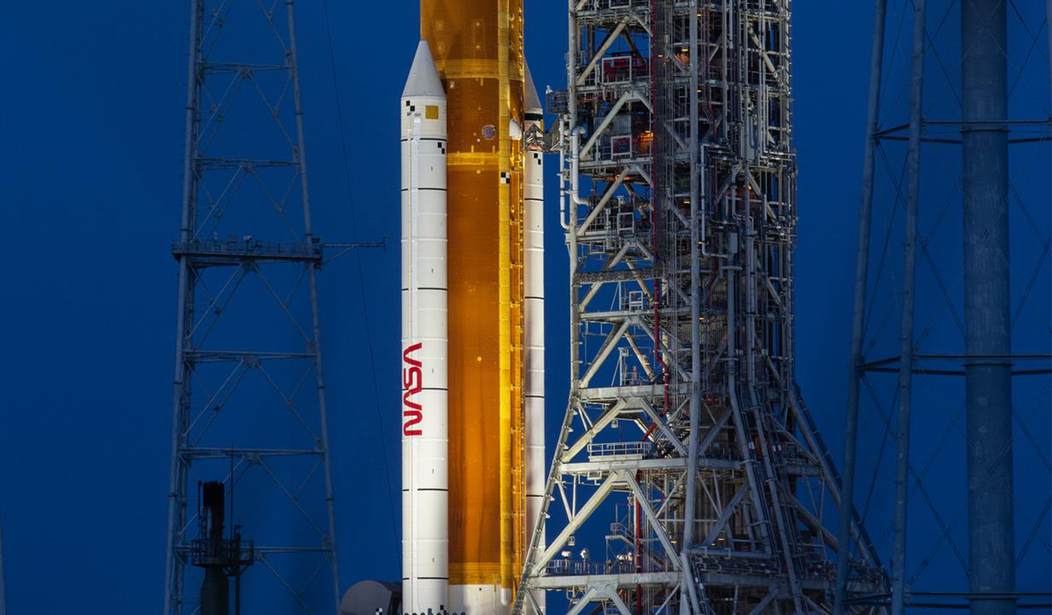There was a time back in the early 1960s when NASA was having trouble with the Atlas booster rocket. The first two Mercury astronauts went into space using a modified Redstone rocket — an ICBM that could carry a nuclear warhead. It was slated to carry all seven original astronauts on suborbital missions to test out the hardware before orbital missions began using a much more powerful Atlas booster.
But the Atlas was an experimental rocket. So when NASA was forced to accelerate its plans to put an American in orbit after the Russians sent Yuri Gagarin into space, NASA knew it had to speed up the development program.
Each astronaut was a test pilot and knew the drill; new aircraft always go through a shakedown period where they frequently crash. The Atlas was no different. And since NASA had decided early in the space program not to keep anything secret, the trials and tribulations of the Atlas going through its development were broadcast live and “in living color.”
This was significant because the Russians appeared to be racing ahead. They had several manned orbital missions while NASA hadn’t even orbited the earth once. “Our rockets always blow up, and our boys always botch it,” was a refrain often heard around NASA.
But it was no surprise to the test pilots/astronauts. They were used to ironing the bugs out of an experimental aircraft. They were grateful the rockets didn’t blow up with them in it and they knew, given the chance and a good machine, that they wouldn’t “botch it.”
Now, NASA is testing another experimental rocket. The Artemis booster is the largest vehicle ever built by NASA. But it appears that NASA is having a problem with a leaking fuel system. For the second time in a week, NASA has scrubbed an unmanned moon mission because of a hydrogen leak.
Launch director Charlie Blackwell-Thompson and her team tried to plug Saturday’s leak the way they did the last time: stopping and restarting the flow of super-cold liquid hydrogen in hopes of removing the gap around a seal in the supply line. They tried that twice, in fact, and also flushed helium through the line. But the leak persisted.
Blackwell-Thompson finally halted the countdown after three to four hours of futile effort.
“We have a scrub for the day,” announced NASA’s launch commentator, Derrol Nail.
Even though problems like this are bound to crop up. the political setback for NASA is significant. Artemis represents NASA’s future in deep space — to the moon and beyond. It’s more than $22 billion over budget at $42 billion and was originally slated to fly in 2017. To have the flagship and most visible effort at manned space flight since the Shuttle program fail so publicly is a downer.
Because there are only certain days of the month when the earth and moon are in proper alignment, if NASA can’t launch before midweek, it won’t be until the end of September or early October before they can try again.
The fuel leaks are the most serious glitches. There was also a crack in the insulating foam and what engineers believe to be a faulty sensor telling them that one of the spacecraft’s four engines was too hot. But NASA sees those as “acceptable risks” and will launch even if those problems haven’t been fixed.










Join the conversation as a VIP Member